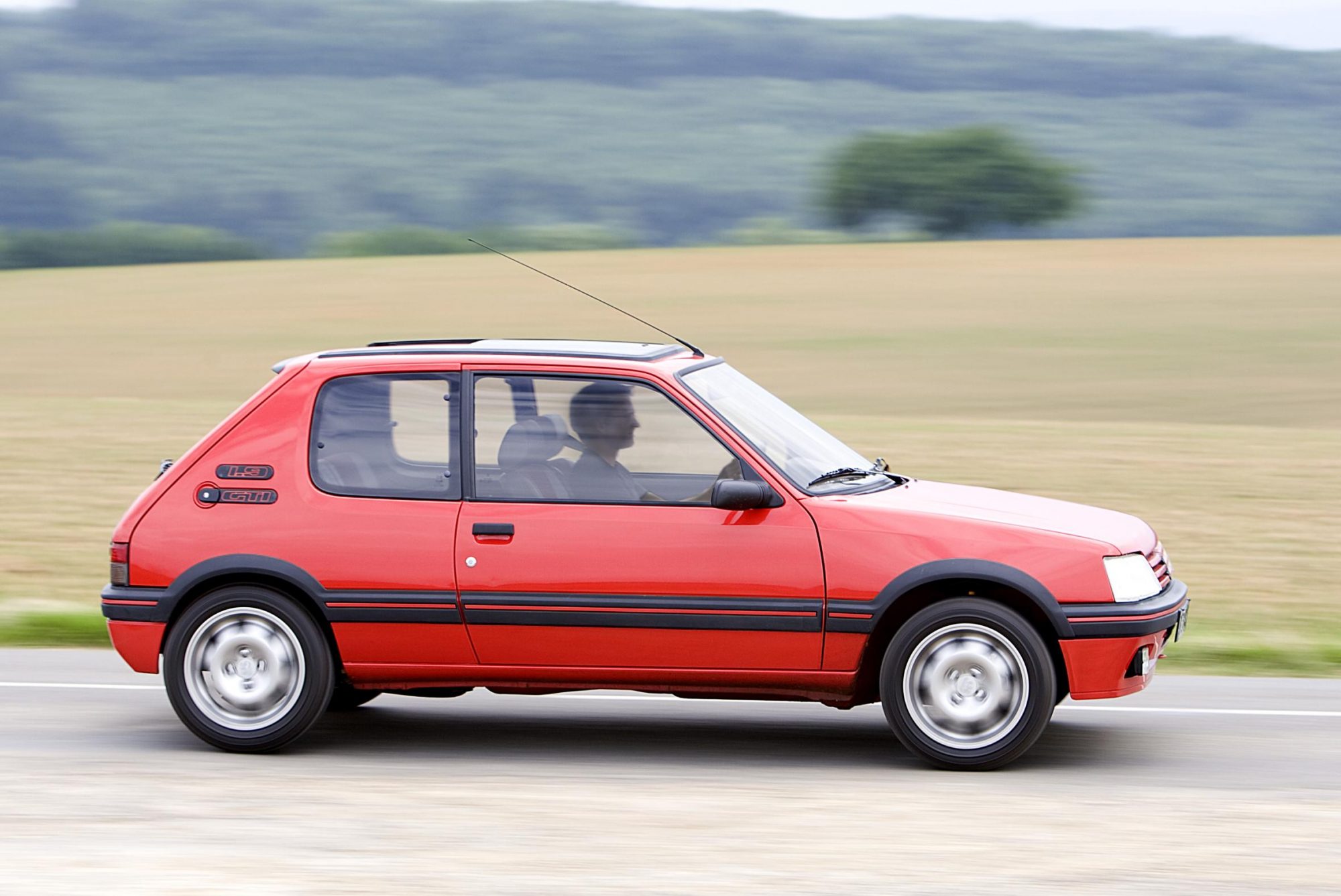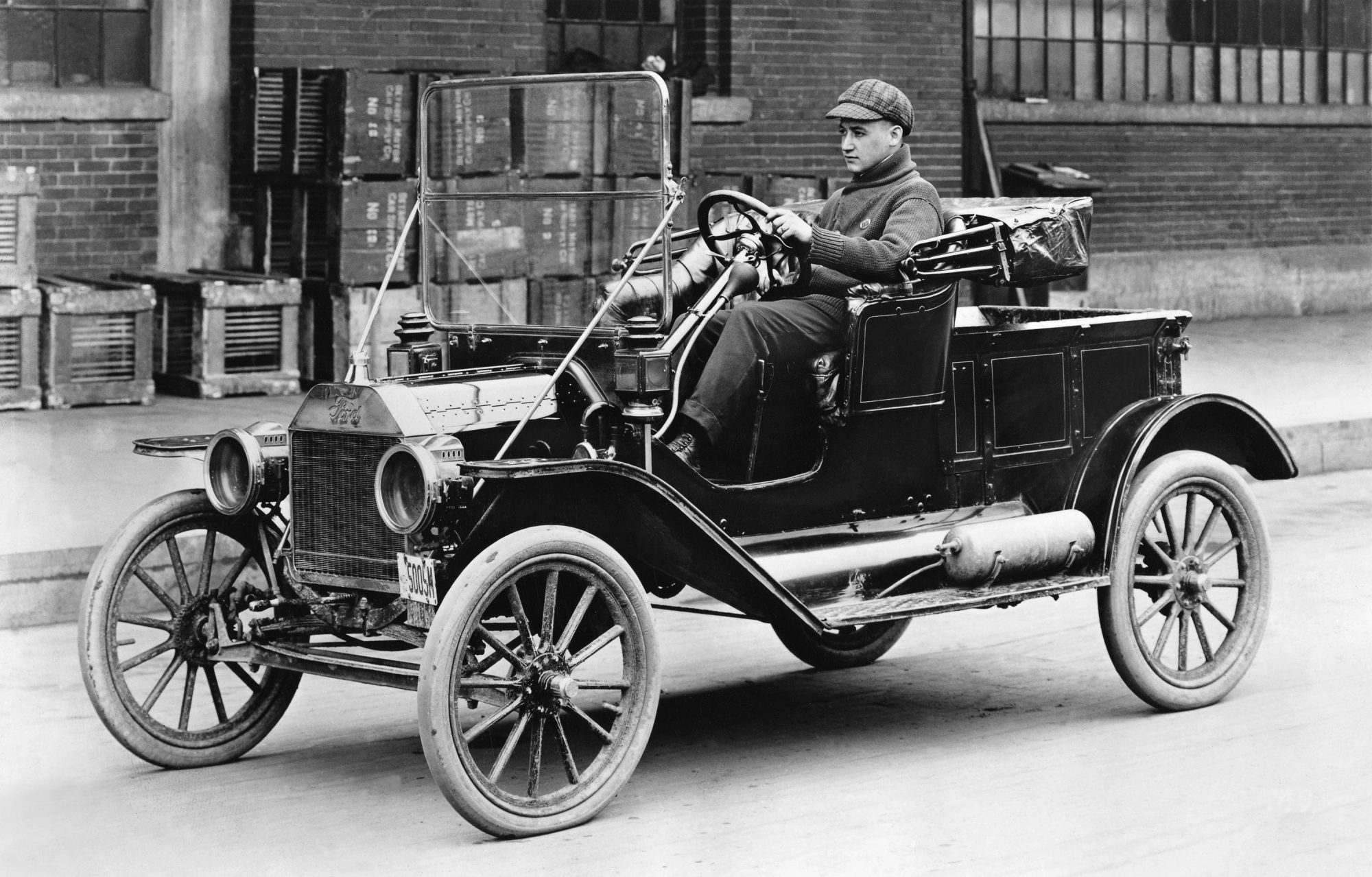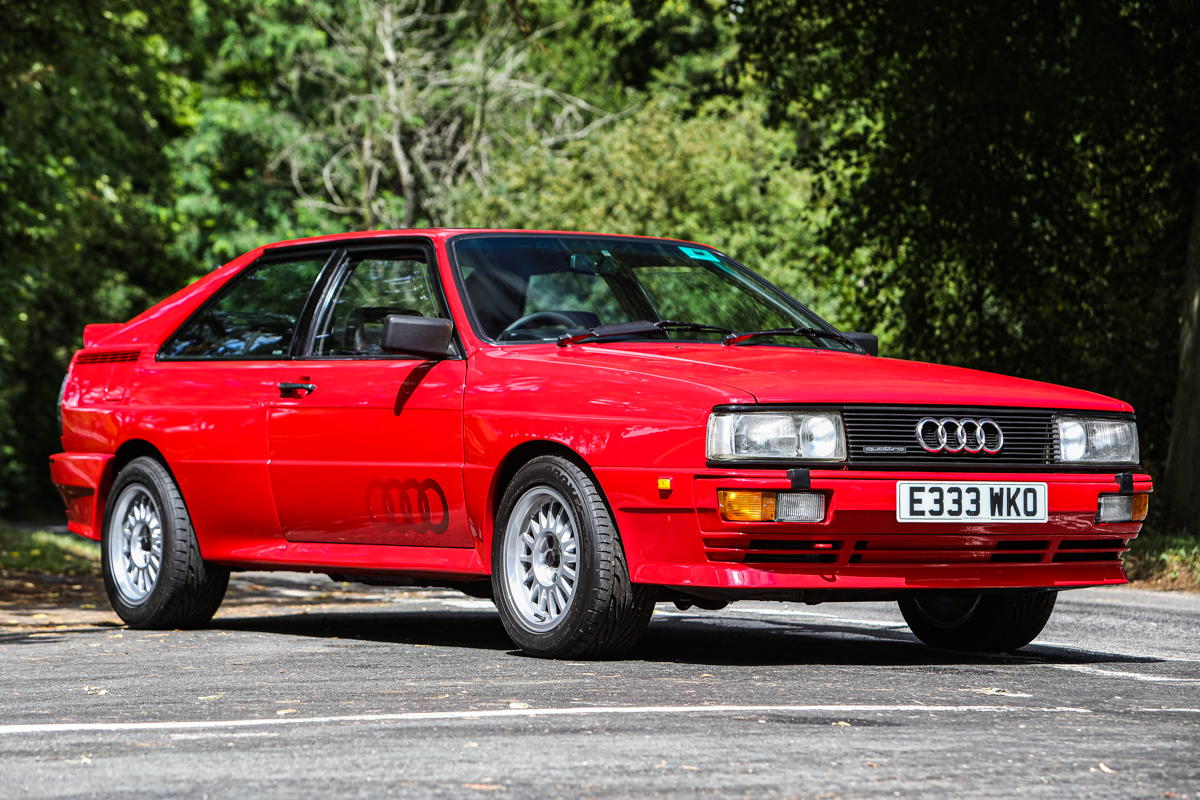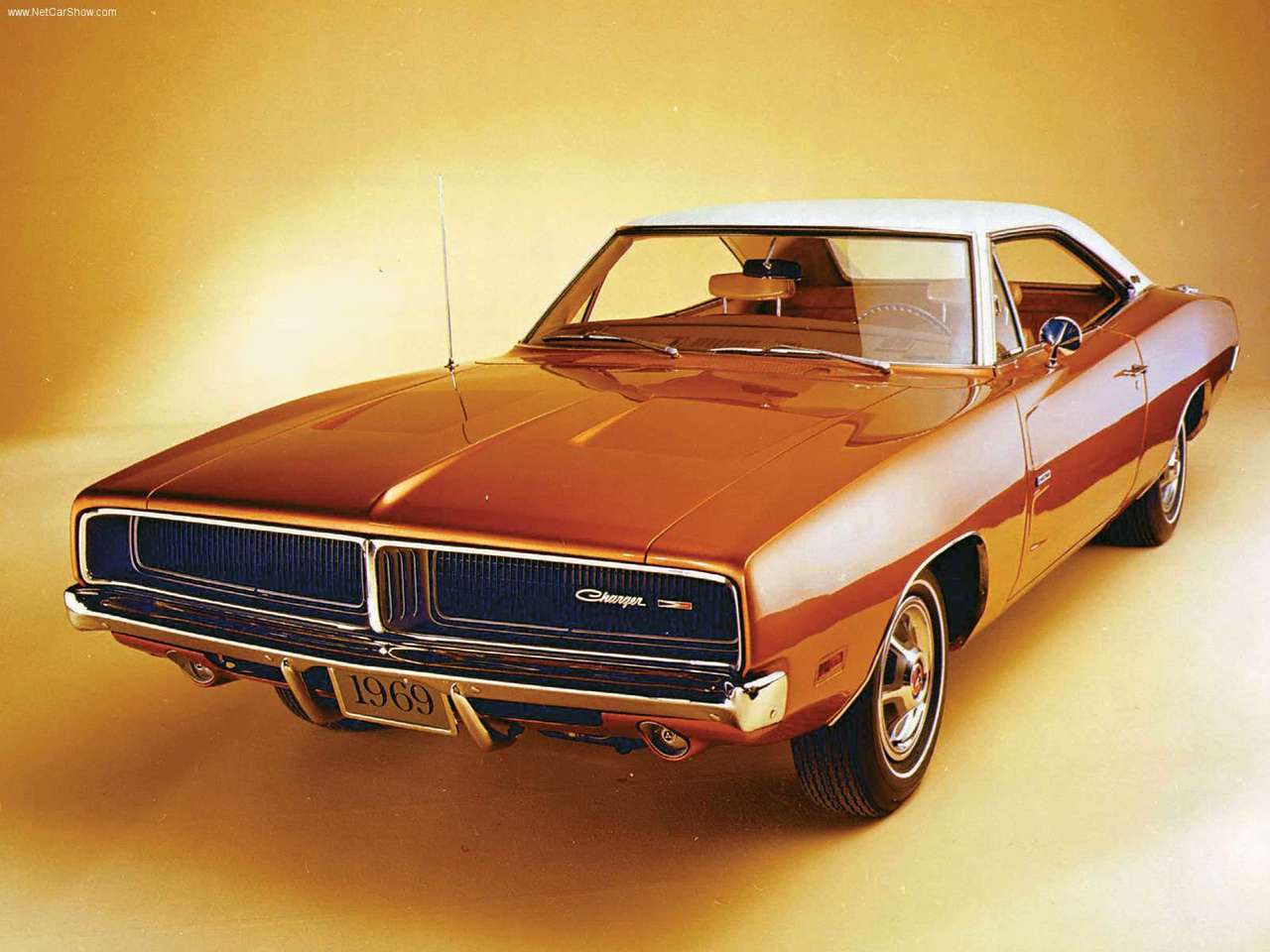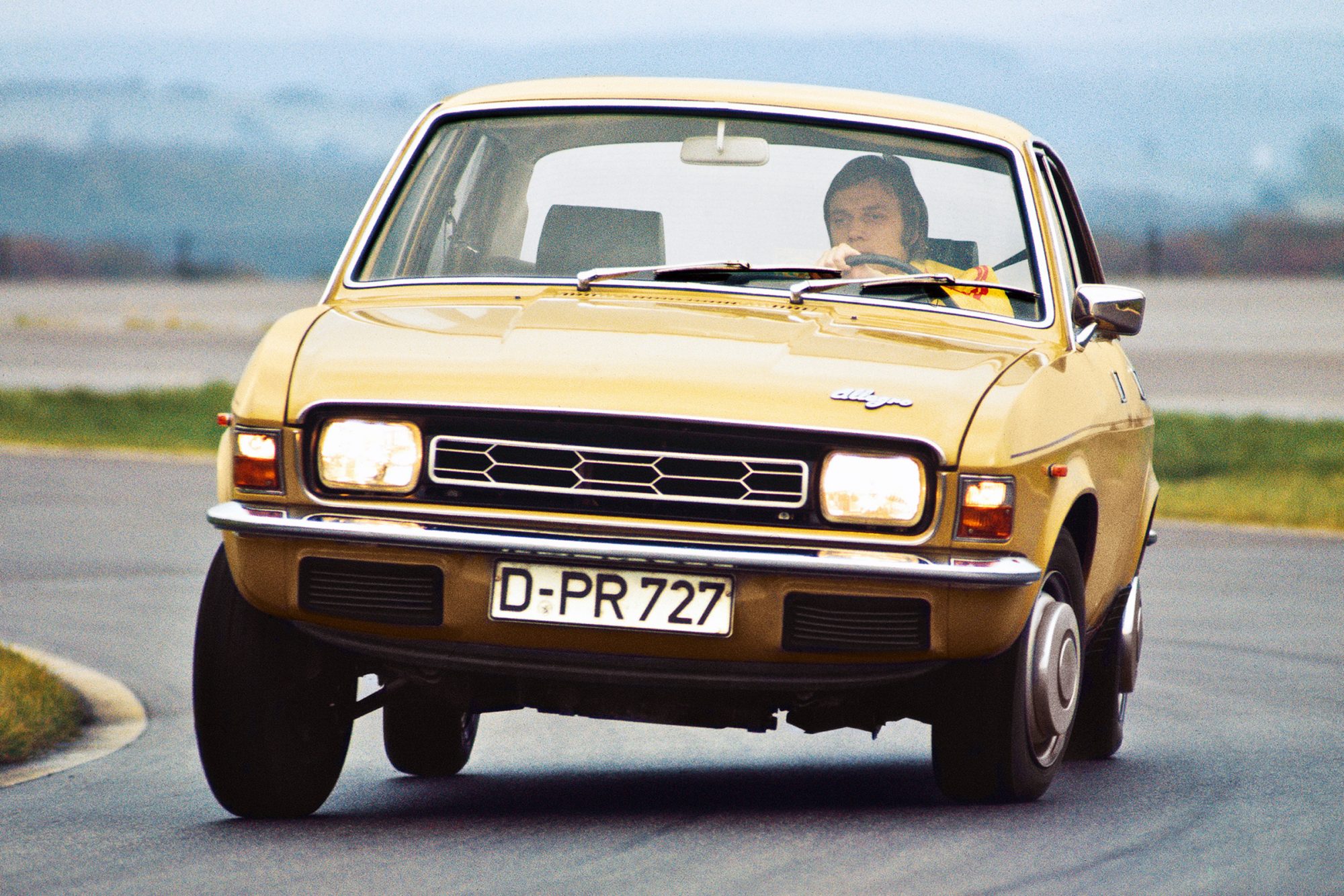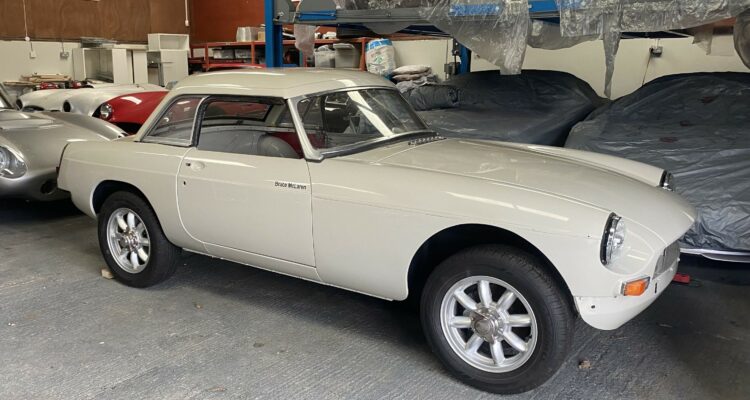Five Classics You Need To Drive
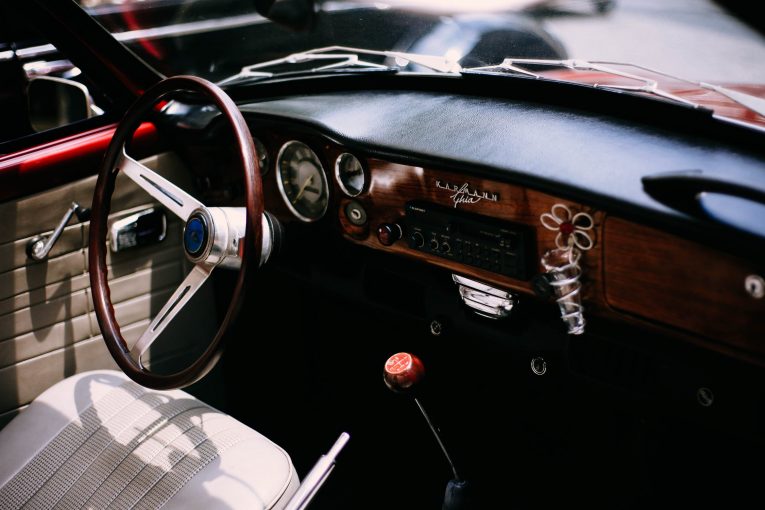
This isn’t a definitive list. We’re not saying that these five cars are the only ones you have to drive. Far from it in fact. The classic car world is full of heroes and it’s full of zeroes, and you should do your best to experience as many of them as possible. No two cars are ever the same, and as such, your knowledge, your feelings and your understanding of classic cars can grow and evolve the more you drive.
The five cars we’ve picked here, think of them as five cars that do a decent job of representing a broad spectrum of potential experiences. These are the cars you need to drive because they’re significant, either as a standalone vehicle or as a representation of a shift in the automotive world. These cars, if you can get behind the wheel of them, will open up your horizons and enrichen your passion for old motors. So if you’re ever presented with one of these cars and the chance to drive it, grab the steering wheel and do it.
1) The Peugeot 205 GTi
Yawn. That’s what you’re thinking, right? The Peugeot 205 GTi, a car that ends up on every car list on the internet. Well, yes, it does. But rather than glaze over at the mention of the name, drive one. Get your bottom in the seat and experience for yourself why the 205GTi is on all those lists.
This was the car that showed the world what a peppy engine and a tight chassis could do. It was the car that opened up pure, unabashed driving joy to the many. No longer were driving highs the reserve of the motoring elite. They were now open to us mere mortals. We didn’t need a prancing horse or a black and gold shield on our car to go fast and have fun, we could do it in our little 205 GTi.
Yes, the Mk2 Golf GTi was the car that opened up the world of hot hatches, and we’re indebted to it because of that. However, it was the 205 GTi, in particular the 1.9, that took the idea and refined it into something truly exceptional. Get behind the wheel of one and you’ll be hooked, we promise you.
2) The Ford Model T
What, did you think this was going to be a list of high-speed exotica? Afraid not. As we said, we’re broadening horizons here, which is why Ford’s Model T is a most welcome addition. This is the car that mobilised the masses after Henry Ford’s concept of the production line was put into action. Being the first car to be built in large numbers also made it the first car that could be priced so as to be in reach of the normal man. Prior to this, cars were bespoke, coachbuilt machines for the wealthy. Not us commoners.
Interestingly though, the Model T was not conventional in the way it drove, despite being the car to mobilise so many of us. In fact, it was downright complicated. We take the CBA (clutch, brake, accelerator) layout – as devised by Cadillac – for granted. However, until it was popularised by Austin and its ‘Baby 7’, car control design was something of a free for all.
The T did indeed have three pedals on the floor, and far left was indeed the clutch. But the middle was reverse and the far right pedal was the brake. The throttle lever was on the steering wheel, as was the spark lever. It was a strange, cumbersome set up. One you most definitely need to try.
3) The Audi UR Quattro
Everything these days is all-wheel drive. From small city cars through to family-hauling estates, almost all of them seem to be available with all four wheels spinning. That wasn’t always the case though. Back when we only had four channels on the telly, all-wheel drive was the sole reserve of ruddy faced farmers and their off-road vehicles. If you wanted your horsepower to go to all four corners, you needed a Land Rover, or a Hilux, or something else with excellent ground clearance and knobbly tyres. Cars? They had no need for that.
Audi, of course, had different ideas. It clocked that the rule-book for rallying said nothing about having all the wheels being driven. And why would it? The technology wasn’t in the mainstream yet. Audi capitalised on this rule-book weakness and built the Quattro, which offered full-time all-wheel drive. On the rally stages it was unstoppable.
The UR Quattro was the first performance all-wheel drive machine. It boasted five cylinders, 10 valves (20 later on) and a whopping great turbocharger. This was a game changer, and that’s why you need to drive it. A good UR doesn’t feel old, it doesn’t feel slow and doesn’t fail to disappoint. Drive one and you’ll see just why Audi are the masters of all-wheel drive.
4) Any ‘60s or ‘70s American Car
Walk down an American street today and you’re just going to see the same cars you do here in the UK, the only difference being the location of the steering wheel. Car making is a global game, especially since the 1970s and 1980s, when cars from Europe and Japan became more commonplace on American roads. Prior to this global trend though, America or more specifically, Detroit, was a powerhouse of production.
Some say the car was invented in Europe, but it was made in America. Look at the cars of the past with their size, their chrome and their excess and you might agree with that sentiment. America had a vibrant and loud love affair with the car, and it was at its peak in the ‘60s and early ‘70s.
Drive one of these cars – any of them, doesn’t have to be a muscle car – and you’ll see just how different things were. First there’s the size, then there’s the way these behemoths handle, the noise, the way the suspension seems to soak up bumps the size canyons. They were a different, wild and wonderful breed. You need to experience it.
5) The Austin Allegro
There is no such thing in 2019’s marketplace as a bad car. Safety standards, manufacturing standards, all that stuff, it’s put paid to the notion of a bad car. There are dull cars, but there are no cars that fail to be cars in the dictionary definition of the word. There used to be, though. And without acknowledging those motoring travesties, we can’t appreciate the good.
The Austin Allegro was a car that was kicked, punched and battered by British Leyland’s management in the name of cutting corners and saving a few quid. The designers, Harris Mann in particular, had visions of something exciting and revolutionary, but those visions never came to fruition. Instead, we got the Allegro.
It was a woeful car. It would get you where you were going, subject to it not breaking down. But that was it. It was utterly gopping to look at, it was beige to drive and it brought about no feeling of pride or joy in its owners. The car we got was a slow, noisy, ugly, cramped, unreliable shadow of what it could have been. You need to drive one. This was a low point, but you shouldn’t ignore it.

